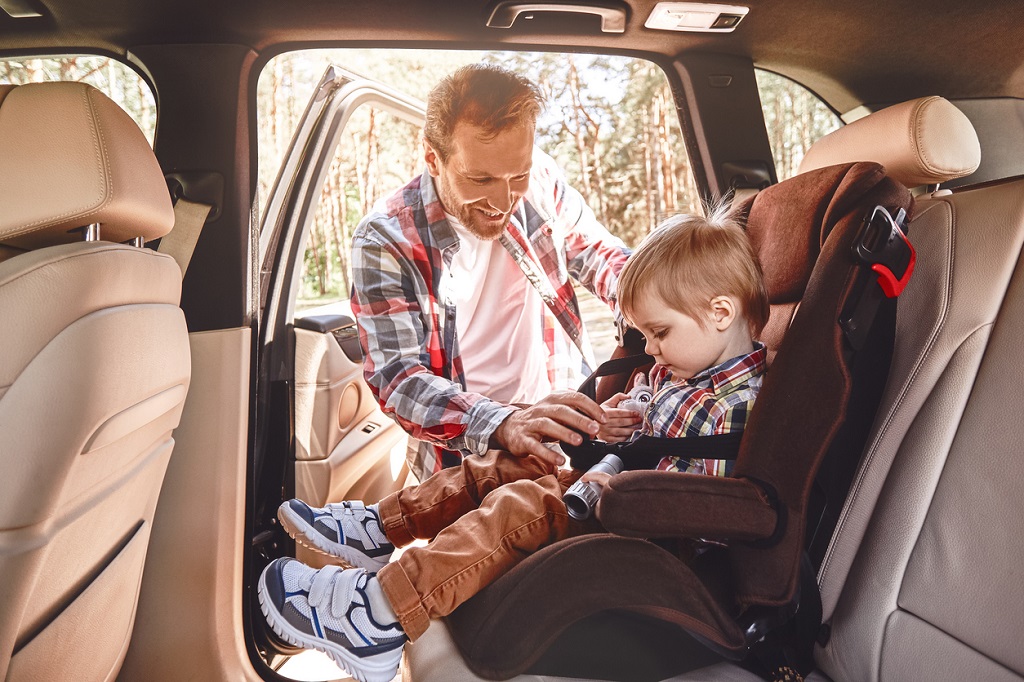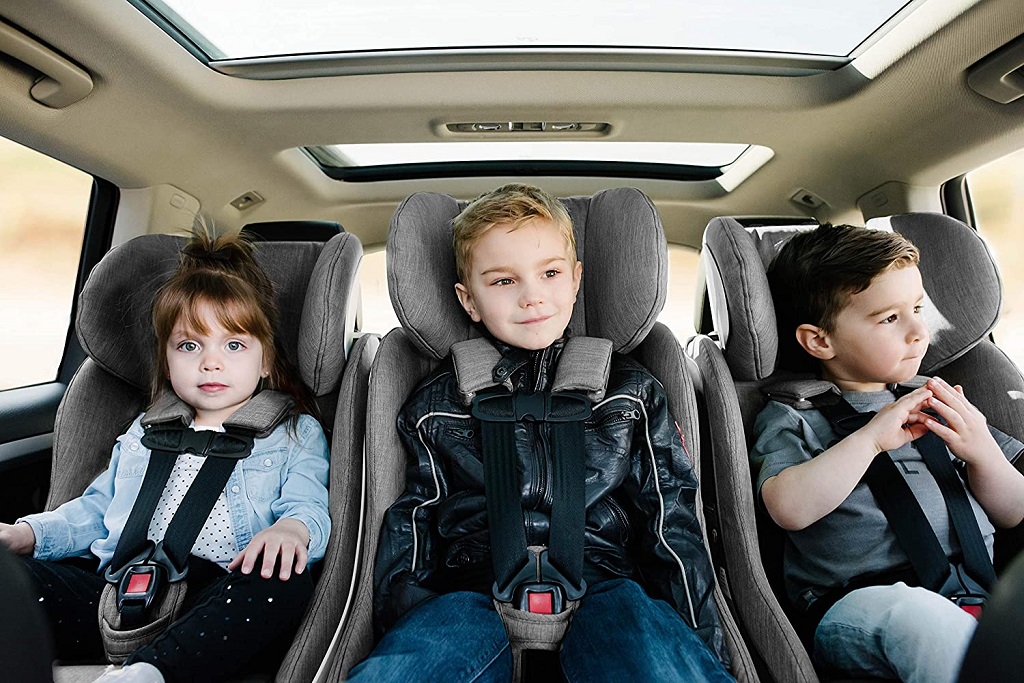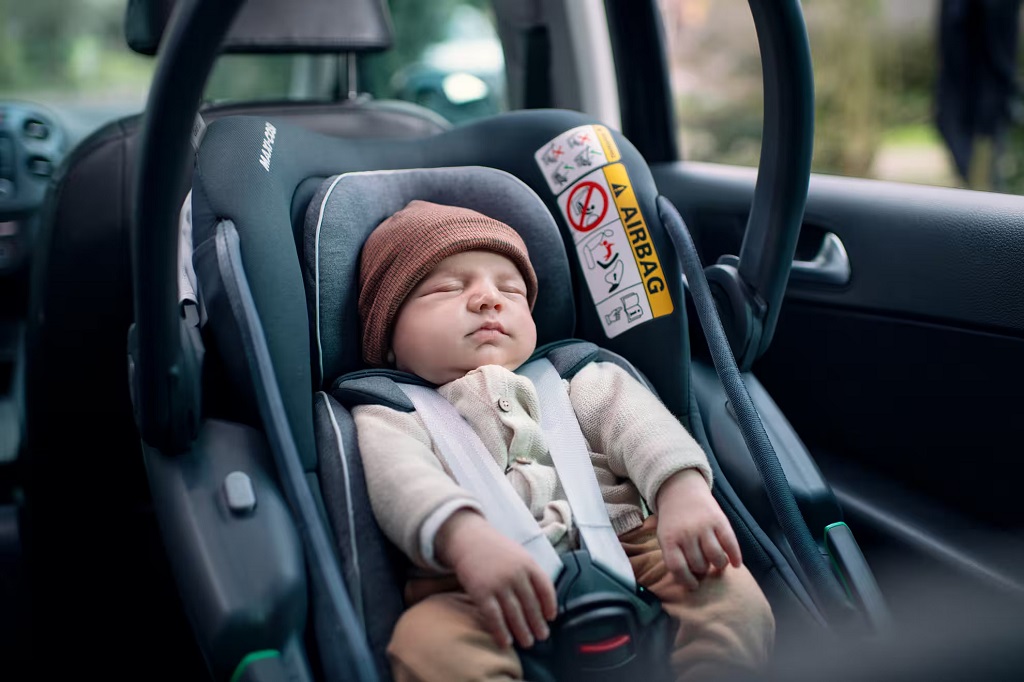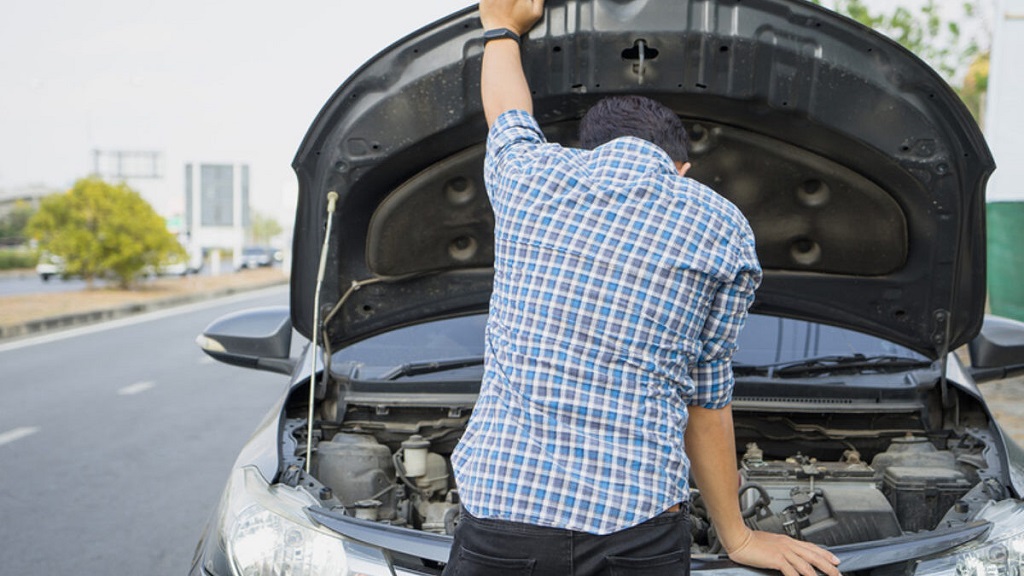When it comes to the safety of our little ones, every parent wants to make the right choices. One crucial decision is determining when it’s safe for a baby to face forward in a car seat. This is a common concern for parents as they want to ensure their child’s comfort and safety during car rides. In this article, we will explore this topic in detail, providing you with valuable information to make an informed decision.
Understanding Rear-Facing Car Seats
Before we dive into when to switch to a forward-facing car seat, let’s understand the importance of rear-facing car seats. Rear-facing seats are designed to cradle and protect a baby’s head, neck, and spine in the event of a collision. They distribute the force of a crash across the entire body, reducing the risk of injury significantly.
The American Academy of Pediatrics (AAP) Guidelines
The AAP recommends that infants and toddlers remain in a rear-facing car seat until they reach the age of 2 or until they outgrow the seat’s height and weight limits. This guideline ensures maximum protection for your child during their early years.
Importance of Weight Limits
Most rear-facing car seats have weight limits ranging from 22 to 45 pounds. It is crucial to follow these weight limits as they are specifically designed to keep your child safe. Exceeding these limits can compromise the effectiveness of the car seat in a crash.
Factors to Consider
Now that we understand the importance of rear-facing car seats let’s explore the factors to consider when determining if your baby is ready to face forward:
1. Age
As previously mentioned, the AAP recommends keeping your child rear-facing until at least age 2. However, some children may outgrow the height and weight limits before their second birthday, necessitating a switch to a forward-facing seat.
2. Weight
The weight of your child plays a significant role in determining when to switch to a forward-facing seat. Check the manufacturer’s guidelines on your car seat to ensure you are within the recommended weight range for forward-facing.
3. Height
Height is another crucial factor. If your child’s head is within an inch of the top of the car seat or they exceed the height limit specified by the manufacturer, it may be time to consider a forward-facing seat. If you have own electric car this article for your.
4. Developmental Milestones
Consider your child’s developmental milestones. Can they sit up unassisted? Can they hold their head steady? These are signs that your child is getting ready for a forward-facing seat.
5. Consult with a Professional
If you’re unsure about when to make the transition, it’s always a good idea to consult with a certified child passenger safety technician. They can assess your child’s specific needs and provide personalized recommendations.
Conclusion
The safety of your child in a car is of utmost importance. While there are general guidelines to follow, it’s essential to consider your child’s unique development and the specific recommendations of your car seat’s manufacturer. Always prioritize safety over convenience when making this decision.
FAQs
- Can I switch my baby to a forward-facing seat as soon as they turn 1?
- While some car seats are designed for children as young as 1, it is safer to wait until they reach the age of 2 or outgrow the height and weight limits of their rear-facing seat, as recommended by the AAP.
- What if my child’s legs look cramped in the rear-facing seat?
- It’s normal for a child’s legs to appear cramped in a rear-facing seat. Their safety and comfort are still better maintained in a rear-facing position.
- Are there any exceptions to the weight and height guidelines for rear-facing seats?
- It’s crucial to follow the manufacturer’s guidelines for your specific car seat. Exceptions are rare, and deviating from these guidelines can compromise your child’s safety.
- Should I use a convertible car seat for my child?
- Convertible car seats are an excellent choice as they can be used both rear-facing and forward-facing, accommodating your child’s growth.
- What if my child gets carsick in a rear-facing seat?
- If your child experiences motion sickness, consult with a pediatrician for guidance. Changing to a forward-facing seat solely for this reason is not recommended as safety should always come first.








